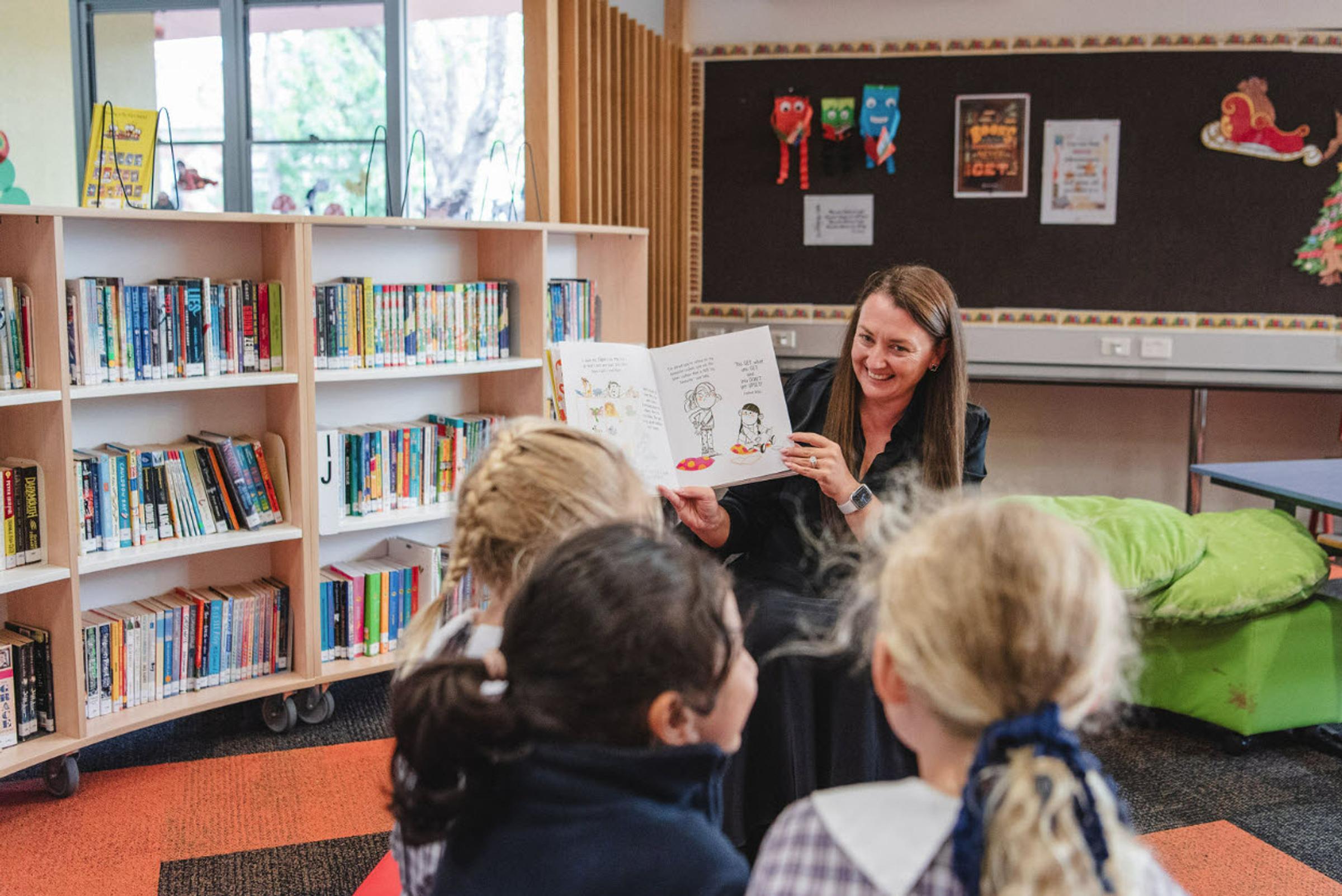Ms D Principal Message

Social Media Age Restrictions — What Families Need to Know
From 10 December 2025, online services that are classed as social media platforms will be required to take reasonable steps to prevent Australians under 16 years of age from creating or keeping an account. These changes reflect a significant shift toward giving those under 16 a little more time to grow, learn and engage online in safer, age-appropriate ways. As a school community, we welcome this measure and invite all families to join us in supporting healthy and responsible online habits.
Why are these changes happening?
- Social media platforms can expose young people to design features that encourage high screen time, combined with content that may affect health and wellbeing. eSafety Commissioner
- The age-restrictions are part of a broader effort to give children an extra layer of protection in the digital environment. eSafety Commissioner
- This is mot a ban. Rather, it’s a legal requirement for platforms to act. There are no penalties for under-16s using or accessing an account—but the platforms themselves can face serious fines if they do not comply. eSafety Commissioner+1
What counts as a “social media platform”? A service is likely to be age-restricted if:
- its sole purpose or a significant purpose is to enable online social interaction between two or more end-users; and
- the service allows users to connect with or interact with other users; and
- users can post material on the service. eSafety Commissioner Messaging apps without those features may not fall within the same rules, but many platforms that combine messaging + posting + linking may be included. eSafety Commissioner
How can families and schools respond?
- Use this change as a conversation starter with your children: what social media means for them, what age is appropriate, and how to understand digital wellbeing.
- Review and update your family online safety agreement: screen time, device use, what sites/apps are appropriate and when.
- For children under 16 especially: encourage safe, positive online habits and talk openly about what they do online, who they connect with and how they feel about it.
- Schools can support by embedding digital citizenship and online safety into lessons and by working collaboratively with families to set consistent expectations.
Professional Learning
Sam, Luke, and I had the privilege of attending the Victorian Teaching Academy on Tuesday to hear from Natalie Wexler.
Natalie Wexler is an American education writer and author, best known for her work on how schools teach reading and build knowledge-rich curricula. She is a key voice in the Science of Learning and Science of Reading movements, particularly in exploring how curriculum design, knowledge building, and explicit instruction impact student achievement.
Part of the session validated the work we have already undertaken at TPS, incorporating knowledge-rich texts and curriculum to support our learners in strengthening their understanding through explicit exposure and vocabulary development.
Natalie used a powerful analogy — building knowledge through a knowledge-rich curriculum is like Velcro: we need to lay strong foundations so that new learning has something to “stick” to. She also highlighted how knowledge stored in long-term memory can be retrieved through daily review, enhancing students’ comprehension and long-term understanding.
School Wide Positive Behaviour
Over the majority to this term, many students have had the opportunity to redeem their values tokens to become ‘Principal of the Day’. The token system is part of the school wide positive behaviour system that encourages students to demonstrate our school values and behaviours outlined in the positive behaviour matrix. Students have a range of options to redeem their tokens for and these range rewards such as sitting next to friends for a session or day, having lunch with another teacher, extra tech time or can exchange their tokens to add to the class reward.
At Toorak Primary School, we use the School-Wide Positive Behaviour Support (SWPBS) framework to help every student learn and thrive in a safe, respectful, and caring environment.
Our approach combines both extrinsic (external) and intrinsic (internal) motivation to encourage positive behaviour:
- Extrinsic motivation involves recognising and celebrating positive choices — such as earning tokens, receiving praise, or being acknowledged at assembly. These rewards help students learn and practise expected behaviours.
- Intrinsic motivation develops over time as students begin to act responsibly and kindly because it feels right and contributes to a positive classroom community.
By starting with recognition and guiding students towards reflection and pride in their actions, we aim to build lasting habits of respect, responsibility, and care for others — values that reflect the heart of our school.
We’d like to extend our warmest congratulations to-
Madame Li and her partner Chris and Josh Bretherton and his partner Charlotte on their recent marriage! This is such a wonderful milestone, and we wish them every happiness as they begin this exciting new chapter together. Wishing you both a lifetime filled with love, laughter, and special memories.
